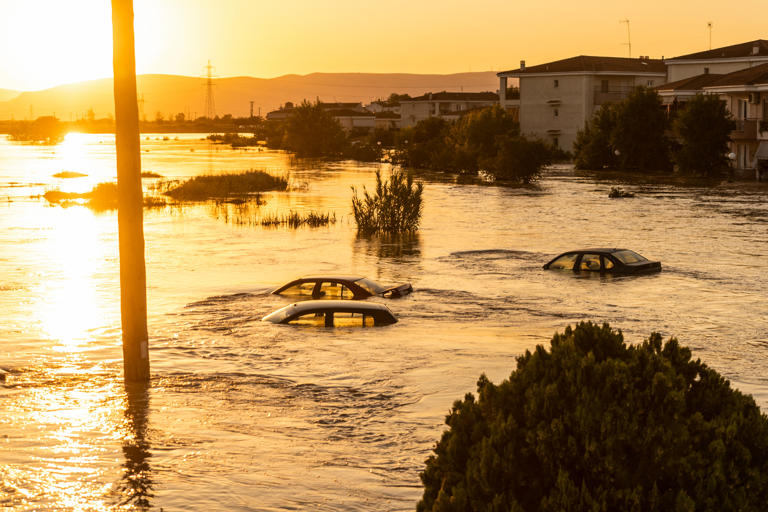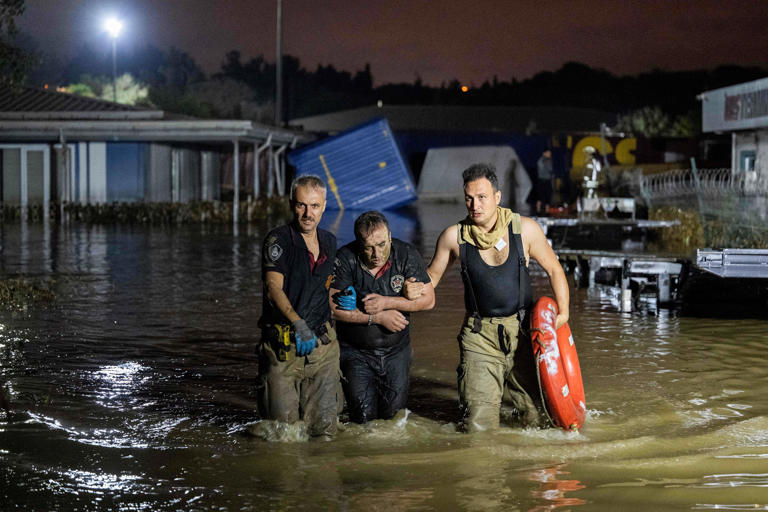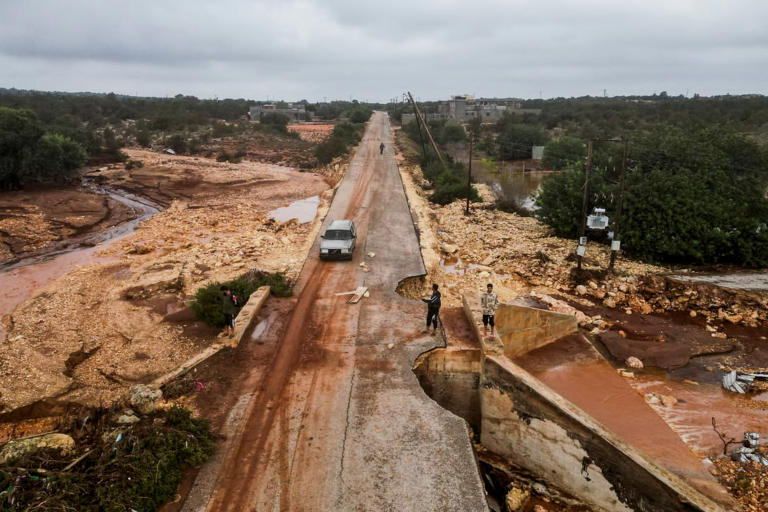Agence France-Presse
September 12, 2023,

Koala numbers are threatened by deforestation, drought and bushfires
(William WEST/AFP)
Australia's most populous state announced Tuesday a logging ban in a forest haven for koalas, aiming to protect the local population from being wiped out.
Logging has been halted in 8,400 hectares (21,000 acres) of forest, home to 106 "koala hubs" that are highly populated by the marsupials, the New South Wales government said.
The koala-rich area would form a key part of a planned 315,000-hectare Great Koala National Park on the mid-north coast and "save koalas from extinction in the state", it said.
The move was a "historic step forward", said Nature Conservation Council acting chief executive Brad Smith, describing the area as "the most important koala habitat in the world".
"This decision is also a recognition that logging has a devastating impact on koalas and biodiversity," he added.
WWF-Australia spokesman Dr Stuart Blanch said koala numbers in NSW had suffered a dramatic decline, falling by more than 50 percent between 2000 and 2020 due to deforestation, drought and bushfires.
The government's move "is a chance to turn this tragedy around", he said.
"If we're going to save koalas from extinction this century, then we need massive new protected areas covering millions of hectares of forests."
But Greens spokesperson for the environment Sue Higginson criticized the move as "a gift to the timber industry".
She said 58 percent of the proposed park area's koala population would be left unprotected by the logging ban, adding: "Logging is likely to continue throughout the area of the Great Koala National Park through to 2025 due to the long reporting timeline that the government has set for itself.
"The government needs to do the work now to begin the transition of the public native forest industry before it's too late for koalas and too late for the other previous forest-dependent species."
The state government said it would soon begin consultations with state-owned logging agency Forestry Corporation NSW to "determine timber supply options".
Australia's most populous state announced Tuesday a logging ban in a forest haven for koalas, aiming to protect the local population from being wiped out.
Logging has been halted in 8,400 hectares (21,000 acres) of forest, home to 106 "koala hubs" that are highly populated by the marsupials, the New South Wales government said.
The koala-rich area would form a key part of a planned 315,000-hectare Great Koala National Park on the mid-north coast and "save koalas from extinction in the state", it said.
The move was a "historic step forward", said Nature Conservation Council acting chief executive Brad Smith, describing the area as "the most important koala habitat in the world".
"This decision is also a recognition that logging has a devastating impact on koalas and biodiversity," he added.
WWF-Australia spokesman Dr Stuart Blanch said koala numbers in NSW had suffered a dramatic decline, falling by more than 50 percent between 2000 and 2020 due to deforestation, drought and bushfires.
The government's move "is a chance to turn this tragedy around", he said.
"If we're going to save koalas from extinction this century, then we need massive new protected areas covering millions of hectares of forests."
But Greens spokesperson for the environment Sue Higginson criticized the move as "a gift to the timber industry".
She said 58 percent of the proposed park area's koala population would be left unprotected by the logging ban, adding: "Logging is likely to continue throughout the area of the Great Koala National Park through to 2025 due to the long reporting timeline that the government has set for itself.
"The government needs to do the work now to begin the transition of the public native forest industry before it's too late for koalas and too late for the other previous forest-dependent species."
The state government said it would soon begin consultations with state-owned logging agency Forestry Corporation NSW to "determine timber supply options".


























